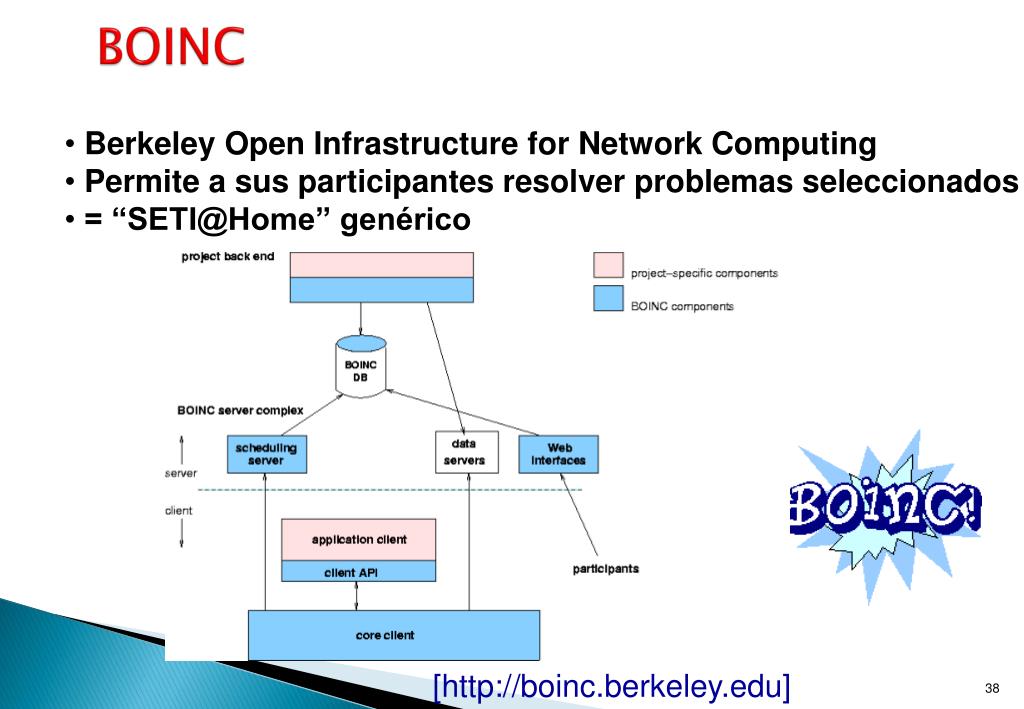

The computing time required for all the model simulations run successfully since 2008 is equivalent to a 32,220 core machine running full time for one year and producing 100% successful results.Īn estimate of the value of this CPU time is $22.5M, based on the rate of the Amazon Elastic Compute Cloud Standard Spot Instance ($0.08/hour default). Since 2008, 40,702 distinct individual users have successfully completed one or more model simulations. Since 2008, over 100,000 users have joined and over 60% of the total computational cycles in the project have been donated.

Over 129 million simulation-years have been performed since the project's inception and registered users are located in 221 countries.Īlthough the project has been running since Sept 2003, 9 of the 10 busiest days have been since Jan 2008 and currently around 30-40 new users join each day. Of the 82 BOINC projects, in May 2012 was the 4th most popular by work-units in progress and 5th in attrac$ The 20,000 active users contribute approximately 27,000 active hosts, with a combined power of 35 TFlops. The global reach of the CPDN project using BOINC is significant.
#BOINC BERKLEY SOFTWARE#
Oxford's contribution is acknowledged by the now head of this group.īOINC is now widely used by scientific communities across the world.Īccording to 2,599,338 have installed the BOINC software on their machines and there are currently 272,459 active users. Showing the results of their own models running on behalf of the climate scientists.ĬPDN was and still is producing climate modelling results which are used by the Met Office.īOINC remains managed as a community-developed tool out of Berkeley. It enabled the public to engage in science in a way which had not been achieved before with thousands of users observing a changing globe graphic on their machines Security of their PCs, as well as modellers able to develop more complex codes to run out in the community and return timely results. This switch enabled the uptake of the technology to grow enormously, with community users confident of its ability to harvest compute cycles without compromising the The early work on distributed computing and security for in Oxford was initially led by Andrew Martin and Andrew Simpson.Īfter developing prototypes using a local bespoke application platform, the insights and longer-term development were transferred to the BOINC platform in collaboration of California, Berkeley on the 4th anniversary of CPDN. There's no more worthwhile scientific goal than investigating the fate of Earth, and CPDN has made critical contributions to this investigation.ĭavid Anderson, Director of the BOINC Project, Univ. Today is the 4th anniversary of the BOINC-based CPDN, and I'd like to congratulate and thank all the people at Oxford who made it happen, and all the volunteers who courageously ran huge climate models on Significant work to develop the technology BOINC in this project has enabled scientists to embrace volunteer computing to solve scientific modelling challengesĪnd BOINC has become recognised as the key open-source resource for volunteer computing, supporting significant international scientific endeavours. This was done as part of the project which is currently managed as CPDN (Climate Predication Dot Net) through the Oxford e-Research centre supporting international climate modelling.ĬPDN models climate change using donated cycles on users' computers, with almost 700,000 users registered by 2013. If you want to learn what you should do to verify a vulnerability.Research at Oxford has contributed to the development of the current version of BOINC, a technology to enable secure volunteer computing.

OVAL (Open Vulnerability and Assessment Language) definitions define exactly what should be done to verifyĪ vulnerability or a missing patch.


 0 kommentar(er)
0 kommentar(er)
